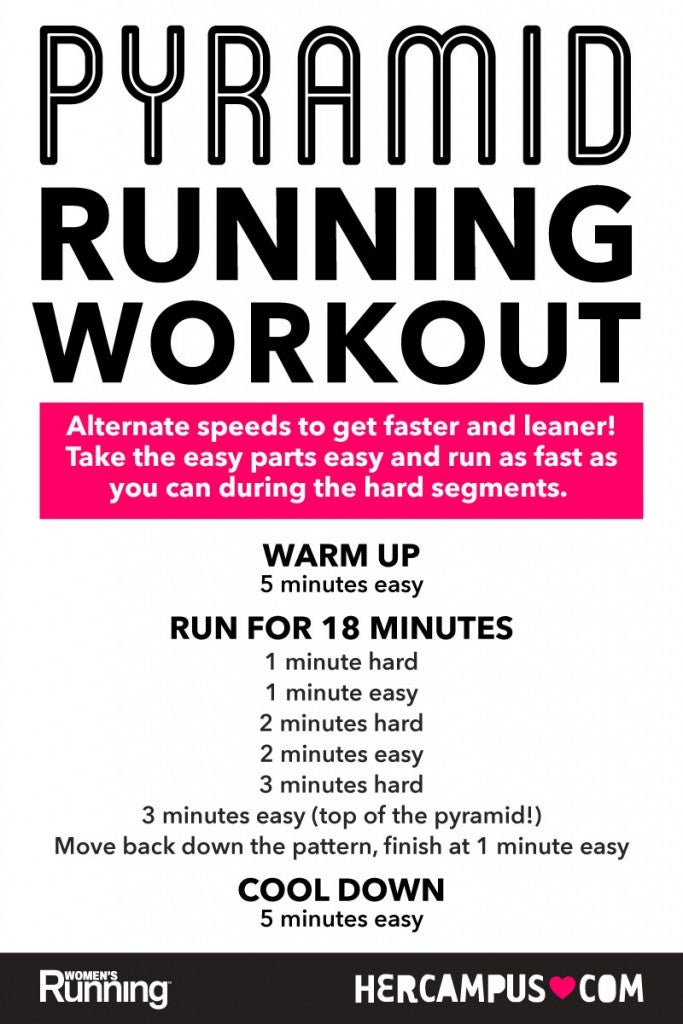How to avoid and Handle Discomfort in Running: Professional Tips and Recommendations
The search of that runner's high can sometimes be hindered by the unwelcome companion of discomfort. There exist tried and tested techniques and professional recommendations that can assist alleviate and handle these pains, allowing you to focus on the joy of running itself.
Value of Proper Footwear
Appropriate shoes plays a critical function in preventing and handling pain for joggers, as it considerably influences their comfort, performance, and general foot wellness. When it comes to running, putting on the right footwear can make all the difference. Ill-fitting or incorrect footwear can cause a host of concerns such as blisters, shin splints, plantar fasciitis, and much more severe injuries like stress and anxiety fractures.
Picking the proper running shoes includes considering elements such as foot type, gait auto mechanics, running surface, and personal preferences. Joggers with high arches may need more padding and assistance, while those with level feet could profit from security footwear. Furthermore, understanding pronation (the inward rolling of the foot) and supination (the outside rolling of the foot) can assist in selecting shoes that supply the appropriate degree of arch assistance.
Buying top quality operating footwear that are proper for your private requirements can aid prevent pain and discomfort while improving your running experience. Focusing on appropriate footwear is not almost performance but additionally concerning guarding your foot wellness over time.

Reliable Workout Strategies
A vibrant workout routine prior to a run helps boost blood flow to the muscles, enhances flexibility, and boosts the range of motion of the joints. Dynamic stretches like leg swings, high knees, and hip circles are advantageous in preparing the body for the physical needs of running.
In addition to vibrant stretches, incorporating some light cardio workouts such as jogging or missing rope can even more elevate the heart price and heat up the body. This combination of vibrant stretching and light cardio assists loosen up tight muscular tissues, lube the joints, and emotionally prepares the runner for the upcoming workout (running strategy). By making warm-ups a constant part of your running regimen, you can substantially reduce the danger of injuries and perform at your finest throughout each run
Key Extending Exercises
When getting ready for a run, incorporating crucial extending workouts is necessary to boost muscle versatility and protect against injuries - Read More. Dynamic stretches such as leg swings, high knees, and hip circles are advantageous for heating up the muscle mass and enhancing range of movement prior to a run. These activities help enhance blood circulation, loosen limited muscle mass, and prepare the body for the task in advance
Static stretches like calf stretches, hamstring stretches, and quadriceps stretches need to comply with a go to assist in muscle mass recuperation and avoid rigidity. Holding each go for 15-30 secs permits the muscle mass to relax and extend, lowering the risk of post-run discomfort and possible injuries.
Additionally, integrating yoga presents like downward canine, pigeon position, and back twists can target multiple muscular tissue teams simultaneously, promoting total flexibility and stamina. Consistent stretching regimens not just boost performance but additionally assist in keeping good running type and stopping overuse injuries. Keep in mind, correct extending strategies are crucial for a risk-free and enjoyable running experience.
Recovery and Rest Techniques
After finishing a run, carrying out reliable recovery and remainder methods is vital for taking full advantage of performance and decreasing the threat of injuries. Additionally, including remainder days into your training timetable is vital to stop overuse injuries and burnout.
Active healing methods such as mild stretching, foam rolling, and yoga exercise can aid improve flow, lower muscle discomfort, and boost adaptability. It is likewise helpful to focus on hydration and nutrition post-run to replenish electrolytes, glycogen stores, and advertise muscular tissue recovery.
Cross-training tasks like swimming or biking can supply a break from the repetitive influence of running while still keeping cardiovascular physical fitness - running strategy. Paying attention to your body and identifying when it needs a break is essential to stop chronic injuries and guaranteeing long-lasting running success. Keep in mind, remainder is not a sign of weakness but a vital part of a well-rounded training routine
Cross-Training Advantages

In addition, cross-training aids in avoiding mental fatigue by including selection to your workout regimen, keeping you motivated and participated in your health and fitness trip. It allows you to service various elements of health and fitness that might not be targeted entirely through running, resulting in a more well balanced and well-rounded professional athlete. Furthermore, cross-training can aid enhance running efficiency by dealing with muscle discrepancies and weak points that may prevent efficiency. On the whole, incorporating cross-training right into your routine can bring about enhanced endurance, speed, and total athletic efficiency while decreasing the chance of injury.
Final Thought
In verdict, appropriate footwear, workout methods, stretching workouts, healing strategies, and cross-training are crucial parts in stopping and managing discomfort in running. By integrating these techniques right into your regimen, you can minimize the risk of injury and pain while making best use of performance and enjoyment of the sport. Read More. Bear in mind to listen to your body, prioritize remainder and recuperation, and seek professional advice when needed to guarantee a secure and effective running experience